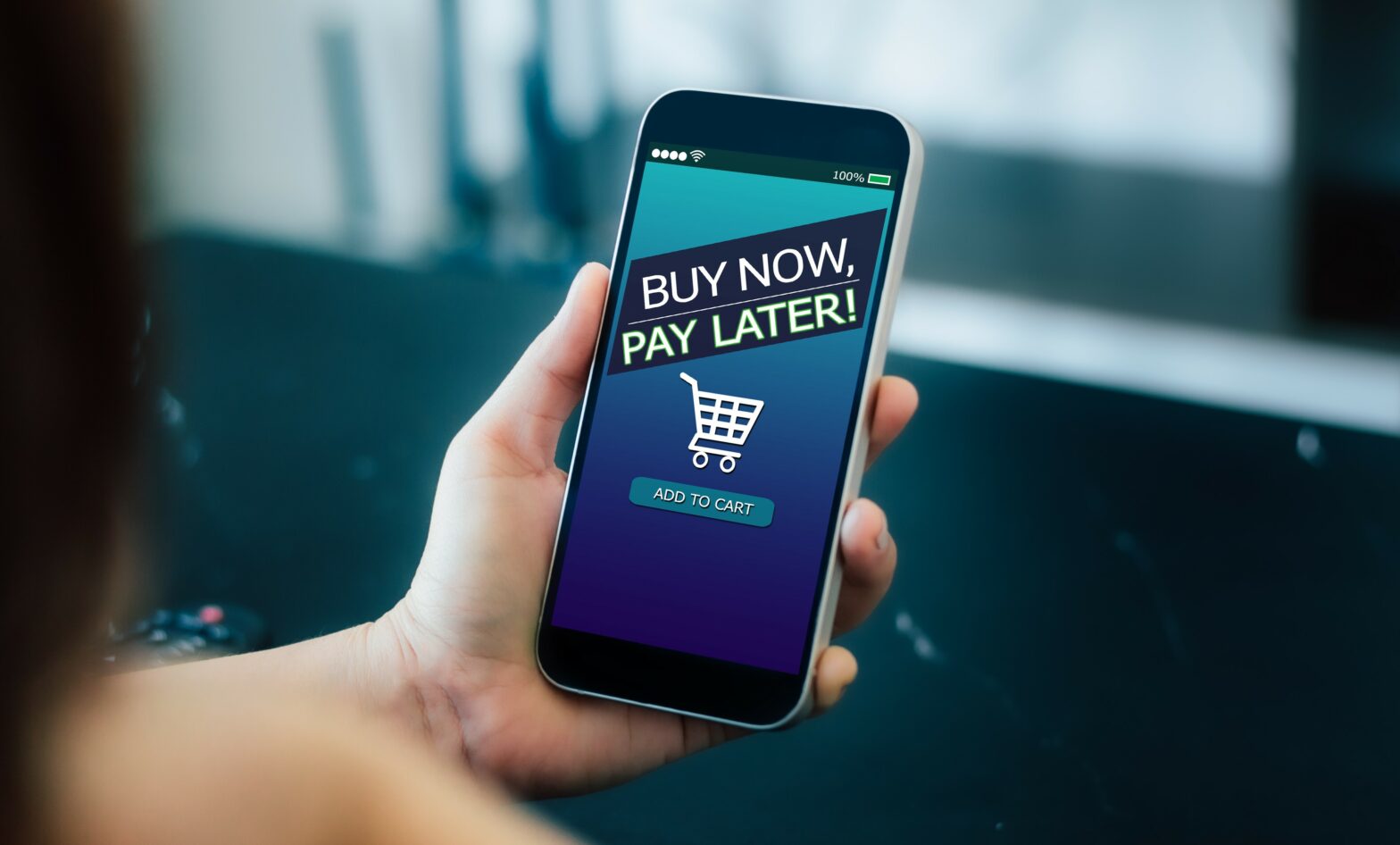Digital twin may seem to be the new industry buzzword, but in actual fact the idea behind it is not new. Although the term was coined in 2002, elements of the technology have been around for some time.
It’s the rise in IoT data and the subsequent development of 3D mapping and visualisation tools, and new platforms to interact and compute with, such as AR/VR, that are bringing digital twin technology to the fore.
>See also: Rolling into the digital age: inside Rolls-Royce’s tech transformation
There is no doubting the value that IoT can have for the enterprise, but a challenge that businesses continually face is how to utilise IoT data generated within the organisation, to develop insights and make informed decisions. Digital twin technology is increasingly being recognised by business leaders for its ability to provide improved data analytics through its dynamic data visualisation.
Using 3D mapping technology to create a digital twin, businesses can easily incorporate separate structured data, APIs and various other integrations, such as indoor positioning, to build an interactive digital twin.
This enables a complete picture of their organisation by visualising data in correlation to each other, with geospatial context. This not only facilitates better workplace management but also enables functions across the business to correlate data to intuitively generate insights that will enable a smarter working environment.
Promote a smart workplace
One of the most common implementations of digital twin technology is the creation of a ‘digital office’. This holds appeal due to the value it adds across the business – from decision makers and facilities managers to employees and visitors.
Decision makers have the ability to get an overarching visualisation of how their organisation is operating, such as using a 3D map to understand how employees engage with the building, including the areas that they utilise most, the routes that are most walked and each room’s busiest time period. Similarly, facilities managers can monitor resource usage and maintenance issues in real-time.
>See also: IoT ushering in the era of physical/digital convergence at LiveWorx 2017
The broad functionality of a digital office can be seen in the process of booking a meeting room using the technology. An employee can instantly identify an available meeting room and send the location to a visitor to the building, who can then use the virtual office to navigate their way to the meeting.
In the background, the facilities manager is notified that the meeting room has been booked and can ensure the necessary equipment and resources are available. The business owner can collate occupancy data from all meeting rooms to ensure the office space is used to its full potential.
However, the data driven nature of digital twin technology makes it a valuable decision making tool for businesses across any industry, within any working environment. Data collected and visualised using the technology can help eliminate risks involved in making decisions around resource usage, people management and maintenance requirements. An example of this is making a decision on whether or not an organisation would benefit from moving its workforce to a bigger/smaller space.
As rental costs are often one of the top costs for an organisation, insights on building usage has the ability to save significant amounts of money. A digital twin has the ability to collect real time data on a building’s occupancy over a period of time, and visualise this in a way that makes it quick and easy to identify areas that are under/over utilised.
>See also: History will shine a ‘brilliant’ light on modern industrialisation
If 40% of the office or factory space is highlighted in red for the majority of the year, it’s likely that the organisation would benefit from downsizing or subletting the vacant space.
In the manufacturing industry, a suite of IoT operated machines can be visualised within a digital twin, with data updated in real time, so that if a fault arises along the production line, an operative can instantly identify the machine that requires maintenance attention. This has the potential to save significant amounts of money, both in time saved and minimised production disturbance.
Digital twin provides an opportunity for businesses to finally organise, and make sense of, the large amounts of IoT data generated within their organisation every year. By overlaying data from various data sources, businesses can start to correlate data sets to get a holistic view of how their business is operating.
For example, within one portal, a factory owner can receive real time updates on his factory output, staffing level, machine performance, and building usage to ensure that the factory is as profitable as possible.
Increase engagement
Digital office is the office of the future, and employers that recognise this will attract top talent. A digital office can unlock added value by incorporating features that enable staff and visitors to interact with the building, improving staff productivity and ultimately satisfaction.
>See also: Gartner’s top 10 IT predictions for 2017 and beyond
Cloud-based maps that offer multiple views tailored for different users, enable visitors, managers, employees, and facilities teams to access personalised dashboards that are relevant for them.
For retailers, the ability to layer data in real-time provides a unique opportunity to monitor customer engagement with their brand, via physical stores. Using location based data, alongside IoT sensor data, retailers can identify customer shopping patterns, in-store hotspots and even the customer service performance of in-store staff. These insights prove invaluable in identifying areas for improvement and opportunities to increase engagement with customers.
The innovative nature of the technology means that elements such as AR and VR can be easily integrated into the virtual environment, bridging the gap between users’ physical and digital experiences.
In the office, employees can point their phone at a meeting room to book it or at a printer that has a fault, which will then prompt an update to the facilities manager within the digital office.
>See also: The innovation imperative: agile design in the automotive industry
In the retail space, customers can shop an accurate digital version of their favourite stores via a VR headset while the retailer can gather data on customer shopping behaviour.
As businesses continue to put more emphasis on making data driven decisions, business leaders are increasingly understanding the need to adopt technologies and digital strategies. This enables them to scale, retain top talent and improve employee satisfaction and productivity, while also encouraging engagement with the building, and ultimately the brand.
Sourced by Faizaan Ghauri, CEO of 3D mapping company WRLD







